Understanding the Basics of Packaging
What is Packaging and Its Importance?
Packaging serves as the protective wrapping around products that ensures their safety during transportation and storage. It is not just a simple container; rather, it plays a crucial role in preserving the quality of the product enclosed within. From food items to electronics, effective packaging safeguards against physical damage, environmental factors, and contamination. Furthermore, the visual appeal of packaging significantly influences consumer choices, making it an essential element in marketing strategies. Understanding these dimensions of packaging is vital for businesses aiming for success in today’s competitive landscape.
Types of Packaging Materials Available
Packaging materials can be broadly categorized into several types, each serving distinct purposes. Common materials include:
- Cardboard: Widely used for shipping and storage, cardboard is lightweight yet sturdy, making it a favored choice for boxes.
- Plastic: Comes in various forms such as polyethylene and polypropylene; plastic is valued for its flexibility and moisture resistance.
- Glass: Often used for food and beverage products, glass packaging is reliable for its non-permeability and long shelf life.
- Metal: Materials like aluminum are used for cans and containers, known for their durability and recyclability.
- Biodegradable materials: Eco-friendly alternatives made from natural materials that decompose without leaving harmful residues.
Choosing the right packaging material is essential, as it can impact product integrity, customer satisfaction, and environmental footprint.
Key Packaging Terminology Explained
To effectively navigate the packaging industry, understanding key terminology is essential. Here are some important terms:
- Primary Packaging: The first layer of packaging that directly holds the product, such as a bottle or box.
- Secondary Packaging: The outer packaging that contains primary packaging; often used for branding and information display.
- Tertiary Packaging: Involves larger quantities of products packaged for shipping and storage, such as pallets or bulk boxes.
- Void Fill: Materials like styrofoam or paper used to fill empty spaces in packaging to prevent product movement during transport.
Choosing the Right Packaging for Your Products
Evaluating Product Dimensions and Weight
One of the key considerations when selecting packaging is a thorough evaluation of the product’s dimensions and weight. Accurate measurements allow businesses to choose packaging that provides adequate protection without excessive wasted space. For example, oversized packaging increases shipping costs and may lead to product damage, while undersized packaging risks damaging the product. Regular assessments and adjustments based on product changes are crucial for maintaining packaging efficiency.
Protective Features in Packaging Options
Different products require varying levels of protection during shipping. Depending on the fragility and nature of the product, consider these protective features:
- Cushioning: Materials like bubble wrap or foam inserts can prevent shock and impacts.
- Sealing: Ensuring that packaging is well-sealed reduces the chances of leakage and contamination.
- Weather Resistance: Consideration for moisture barriers and UV protection can enhance product longevity.
Cost Considerations for Packaging Solutions
While packaging choices must prioritize product safety and customer satisfaction, it is also important to remain mindful of associated costs. Businesses should evaluate:
- Material costs: Exploring bulk purchasing options or alternative materials that may offer cost savings.
- Shipping costs: Choosing lightweight packaging that minimizes shipping fees.
- Labor costs: Automating packing processes can cut labor expenses significantly.
Finding a balance between cost-effectiveness and quality is essential for the sustainability of packaging solutions.
Eco-Friendly Packaging Alternatives
Benefits of Sustainable Packaging
The push towards ecological responsibility has led to an increased focus on sustainable packaging solutions. The advantages of adopting eco-friendly packaging are numerous:
- Reduced Environmental Impact: Sustainable packaging often uses fewer resources and generates less waste.
- Enhanced Brand Image: Consumers increasingly prefer brands that demonstrate environmental consciousness.
- Compliance with Regulations: Governments worldwide are enacting stricter regulations regarding packaging waste; sustainable practices ensure compliance.
Selecting Biodegradable Materials
When it comes to eco-friendly materials, biodegradable options are an excellent step towards sustainability. These materials break down naturally in the environment, reducing landfill accumulation. Consider these common biodegradable materials:
- PLA (Polylactic Acid): Derived from corn starch, PLA is commonly used in food packaging.
- Mushroom Packaging: Made from mycelium, this unique material is fully compostable.
- Recycled Paper and Cardboard: Sourced from post-consumer waste, these materials provide a sustainable alternative to traditional sources.
How to Implement Eco-Friendly Practices
Implementing eco-friendly practices involves strategic planning and a commitment to sustainability throughout the supply chain. Here are actionable steps to transition towards sustainable packaging:
- Conduct a Packaging Audit: Evaluate current packaging materials and processes for environmental impact.
- Set Goals: Establish specific, measurable sustainability objectives for your packaging.
- Educate Employees: Training staff on sustainable practices fosters a culture of sustainability.
- Engage Suppliers: Collaborate with suppliers who prioritize sustainable practices in their materials.
Packaging Design Trends to Consider
Color Psychology in Packaging
Colors play a pivotal role in influencing consumer emotions and purchasing decisions. The science of color psychology can guide packaging design to elicit specific feelings. Here are some color associations to consider:
- Red: Evokes excitement and urgency, commonly used for clearance sales.
- Blue: Conveys trust and dependability; ideal for technology and finance sectors.
- Green: Represents eco-friendliness; pinpoints products with health or organic qualities.
Innovative Functionalities in Design
Packaging is no longer just about aesthetics; innovative functionalities enhance user experience. Examples include:
- Easy-Open Designs: Facilitates access for consumers, reducing frustration and enhancing convenience.
- Resealable Packaging: Extends shelf life for perishable items while ensuring freshness after the initial opening.
- Multi-Use Packaging: Designs that can be repurposed add value and utility beyond the initial use.
Brand Messaging through Packaging Design
Packaging serves as a powerful touchpoint for communicating brand values. Through thoughtful design elements, brands can convey their ethos effectively. Some considerations include:
- Logos and Branding Elements: Consistent use reinforces brand recognition.
- Storytelling: Incorporate narratives or imagery that resonate emotionally with consumers.
- Clear Information: Ensure that essential details like ingredients, usage instructions, and sustainability claims are clearly presented.
Measuring Success in Packaging Strategies
Gathering Customer Feedback
One of the most effective ways to gauge packaging success is through customer feedback. Implement the following strategies to gather valuable insights:
- Surveys: Create post-purchase surveys to ask customers about their packaging experience.
- Social Media Monitoring: Track mentions of your brand and packaging on social media to identify trends and sentiments.
- Focus Groups: Conduct focus groups to gather in-depth opinions and preferences surrounding packaging choices.
Optimizing Packaging for Shipping Efficiency
Shipping is a key component of the packaging process. Streamlining packaging for shipping efficiency can lead to significant cost savings. Consider these optimization strategies:
- Right-Sizing Packaging: Use packaging that closely fits the product to minimize wasted space and reduce shipping costs.
- Material Selection: Opt for lightweight materials that do not compromise on protection.
- Automate Packaging Processes: Employ machinery to speed up packing and reduce human error.
Analyzing Cost-Effectiveness of Packaging Solutions
After implementing new packaging strategies, it’s critical to analyze their cost-effectiveness. Key metrics to consider include:
- Cost per Unit: Measure the total packaging costs against the number of units produced to determine cost efficiency.
- Return Rates: Analyze how packaging affects product returns due to damage or dissatisfaction.
- Customer Satisfaction Ratings: Correlate packaging changes to shifts in customer satisfaction and loyalty metrics.
Navigating the world of packaging involves a delicate balance of protecting products, reducing costs, and engaging consumers. As an essential element of your shipping solutions, the integration of thoughtful packaging strategies can greatly enhance the overall customer experience and operational efficiency. By embracing new materials, innovative designs, and sustainability practices, businesses can position themselves favorably in the marketplace. For additional assistance with your packaging needs, consider exploring local resources like packaging services that specialize in tailored solutions.


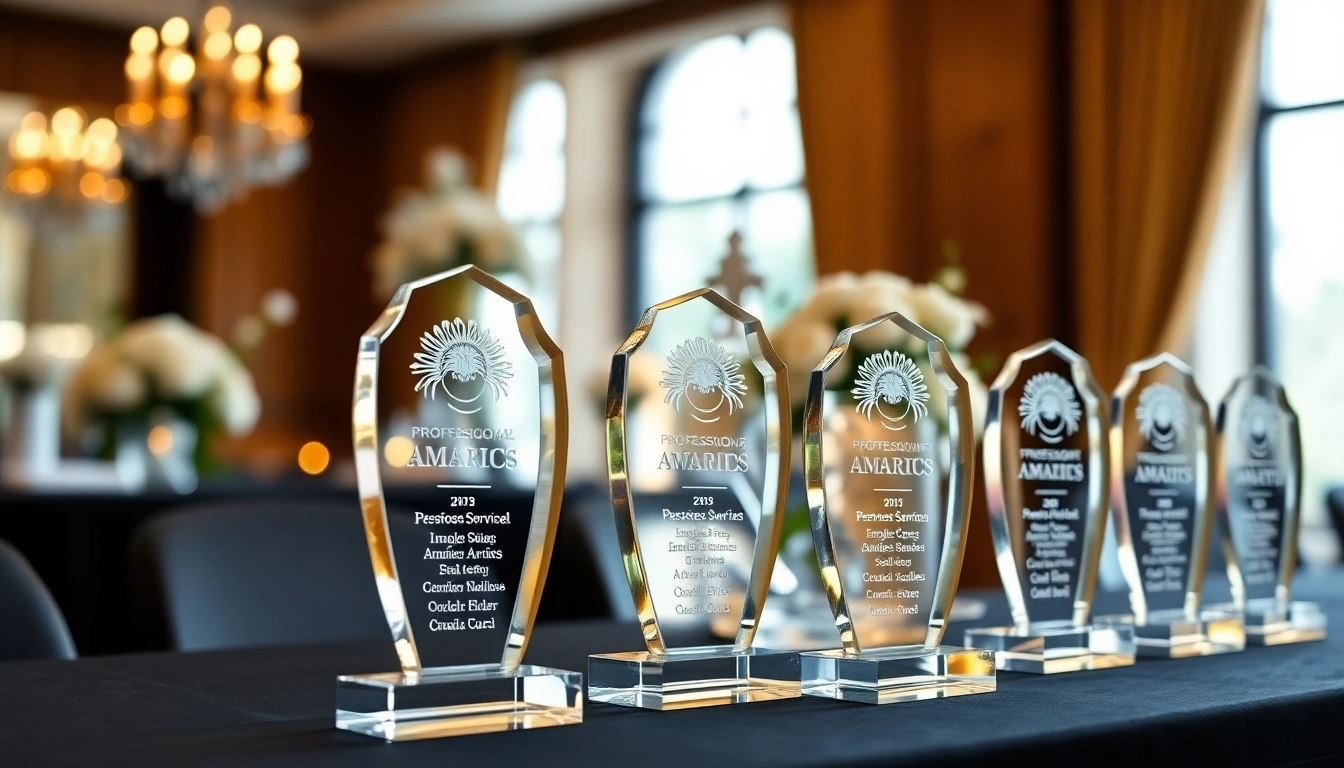

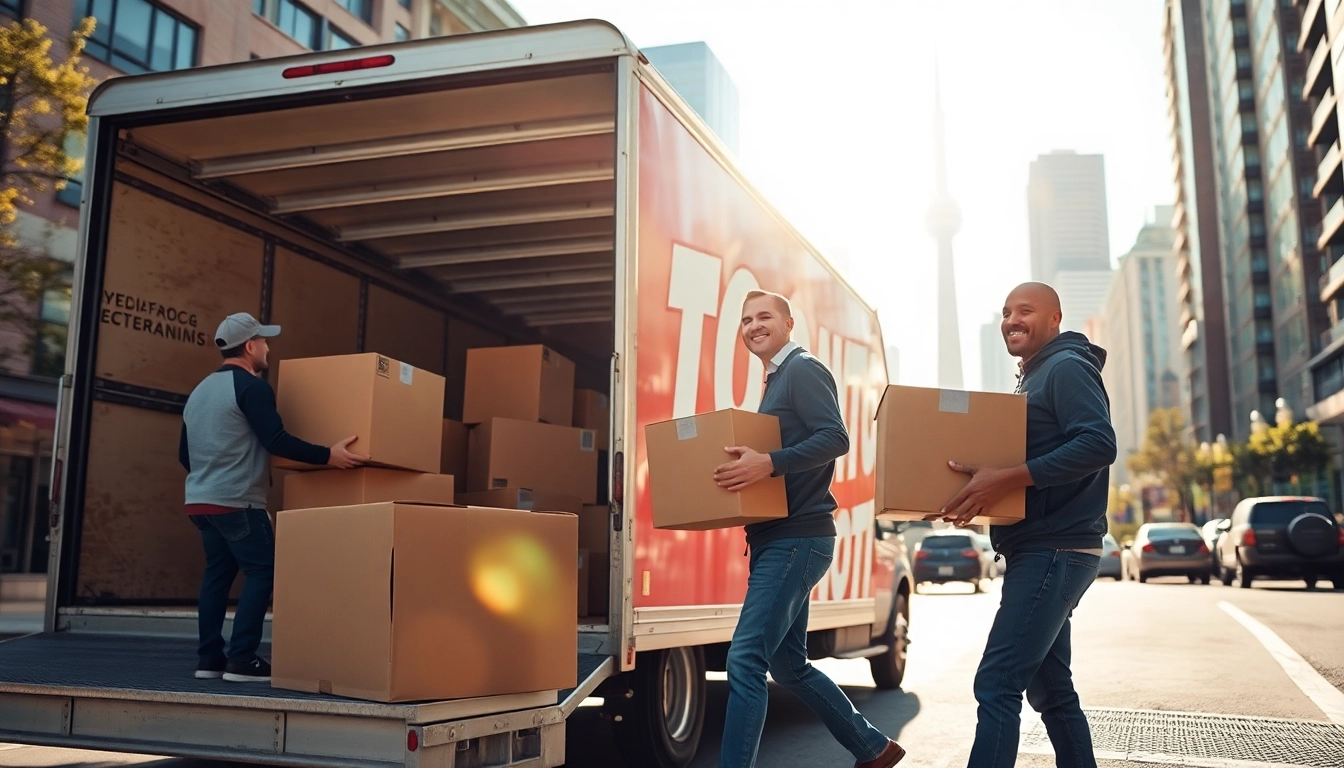
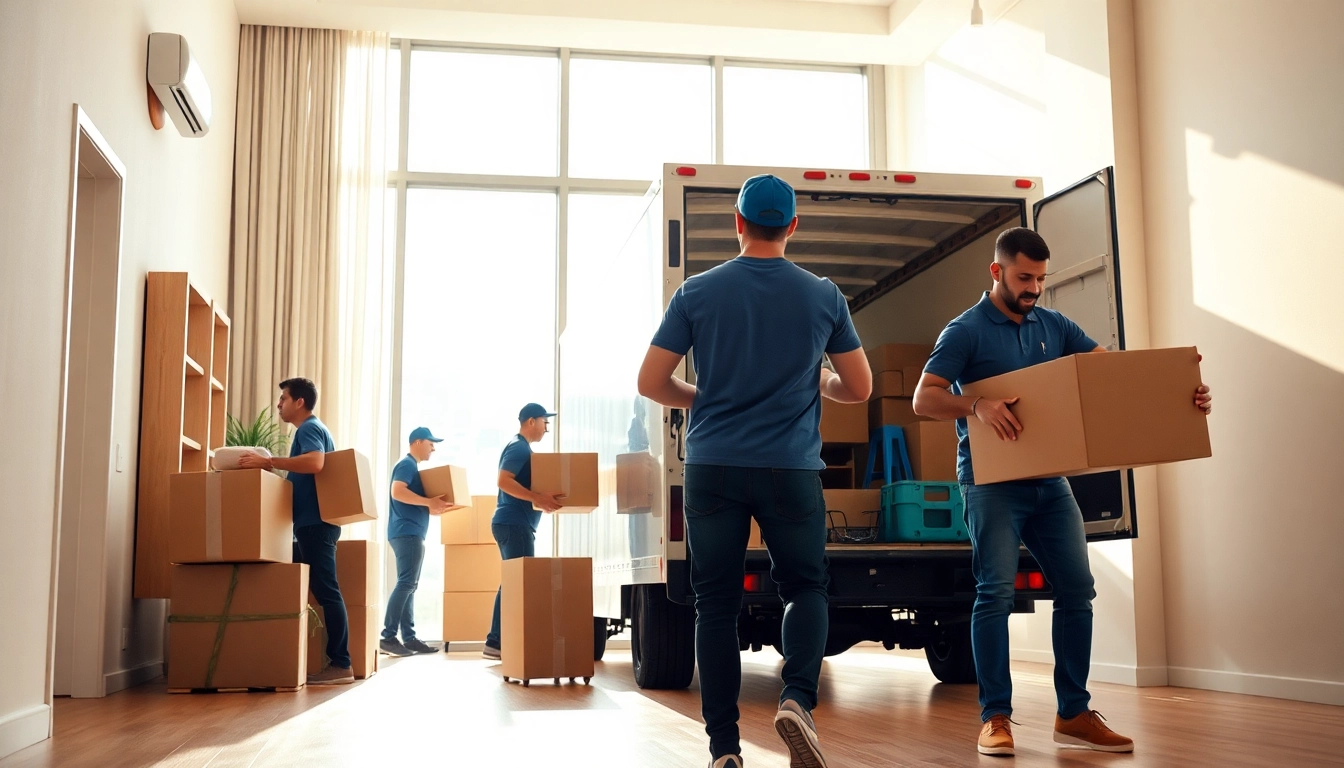
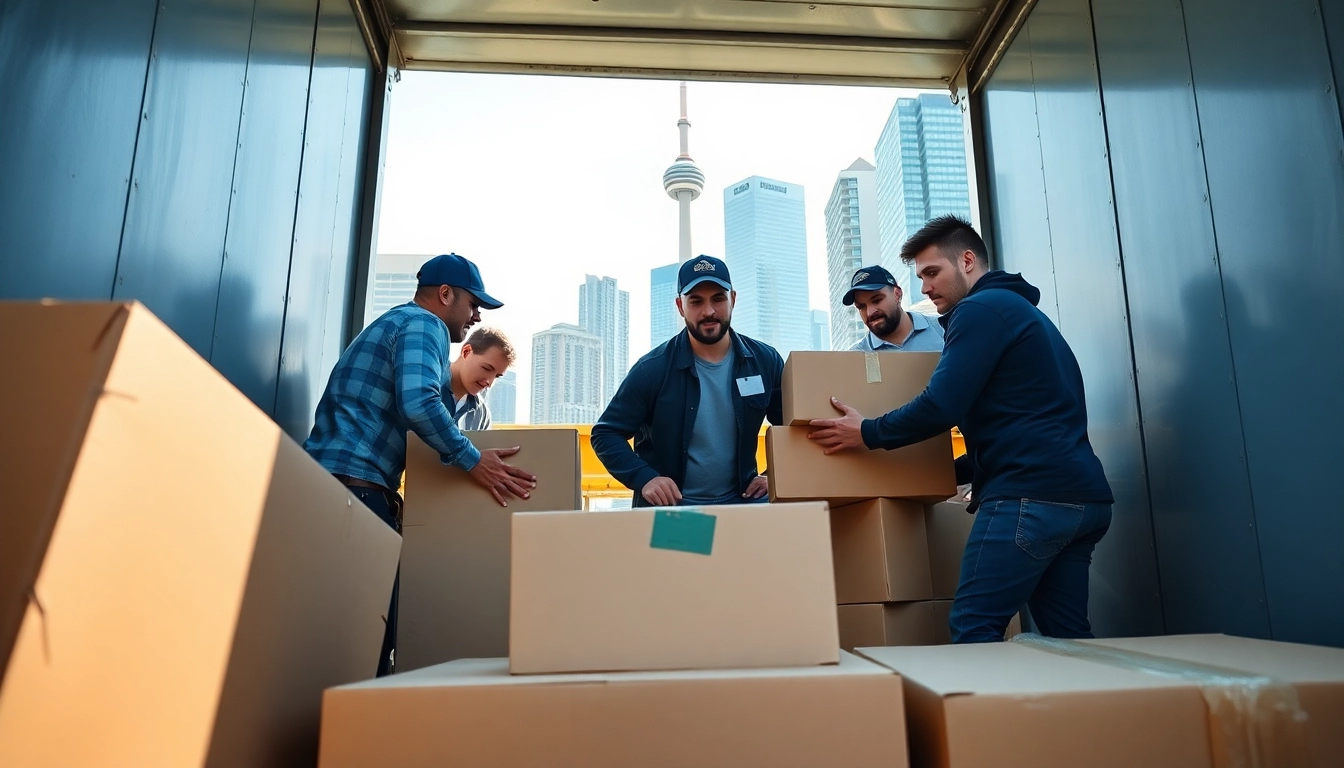



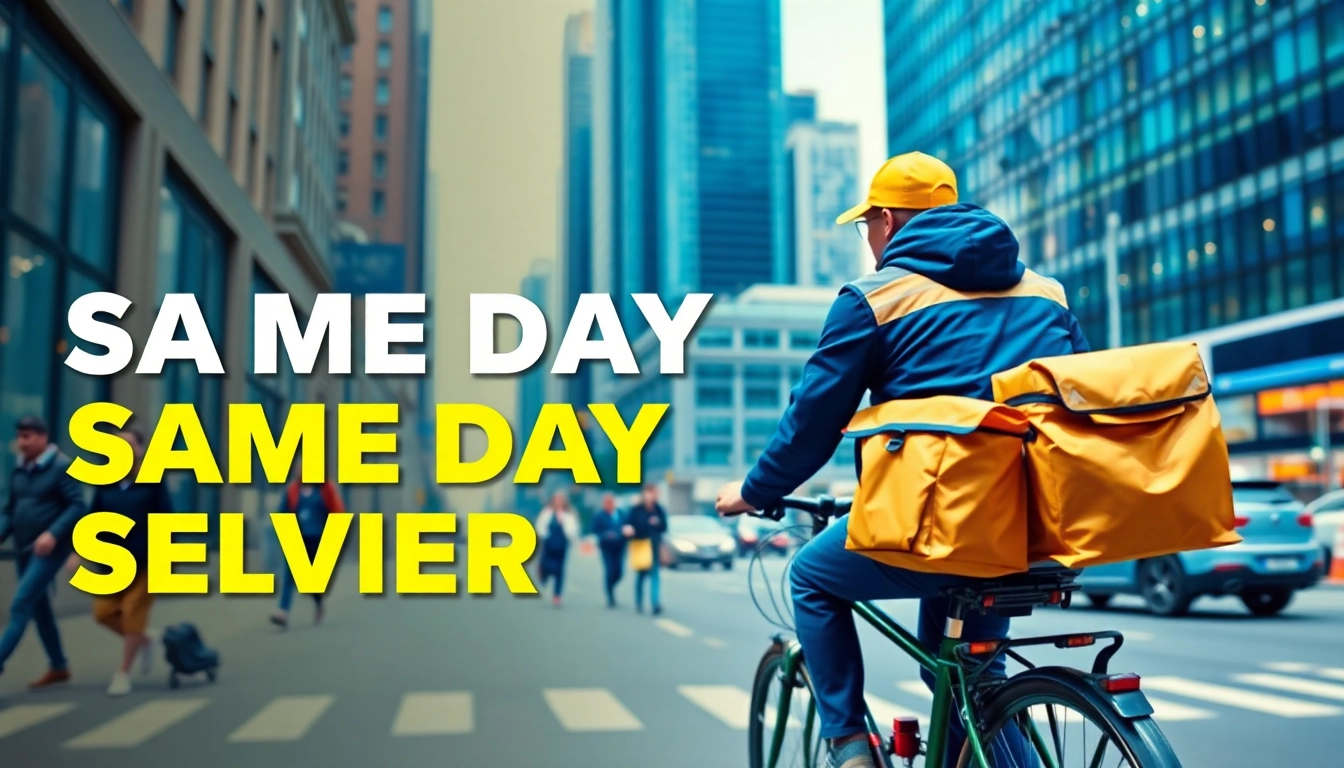
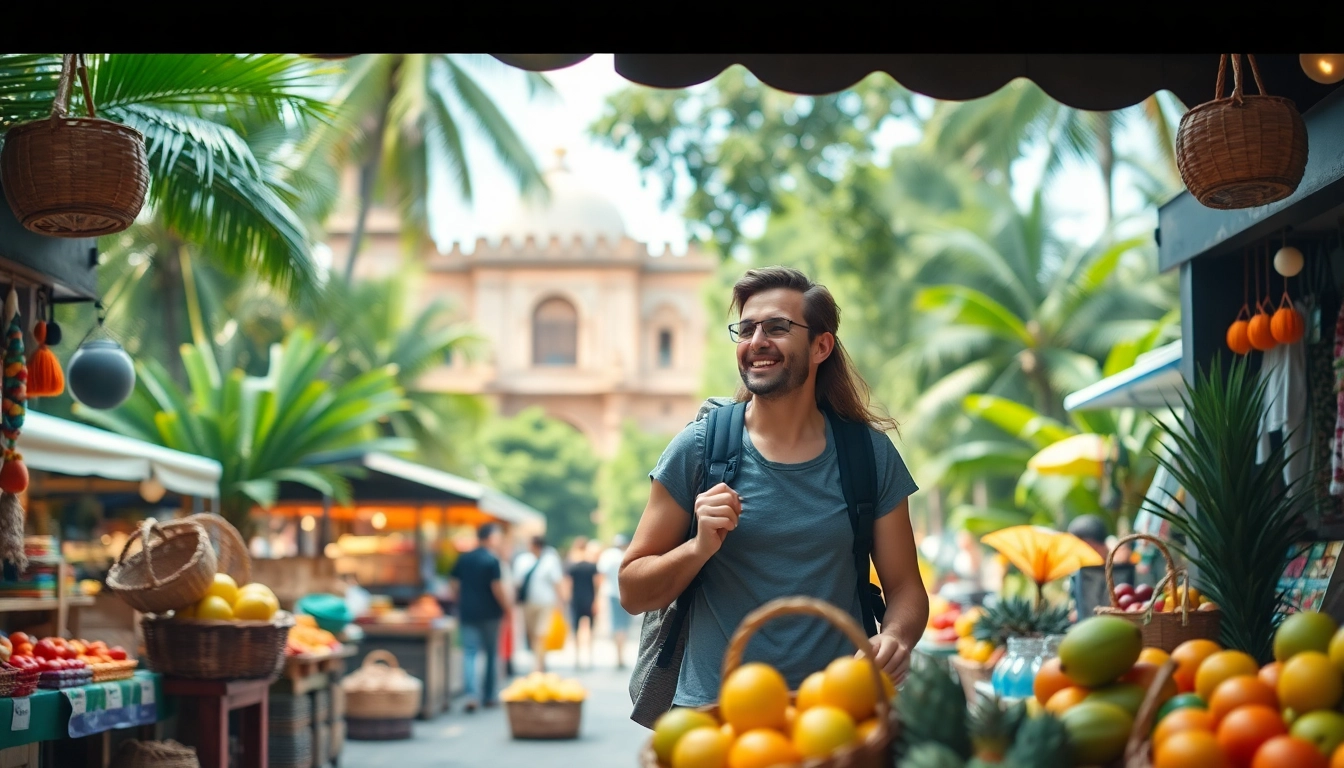
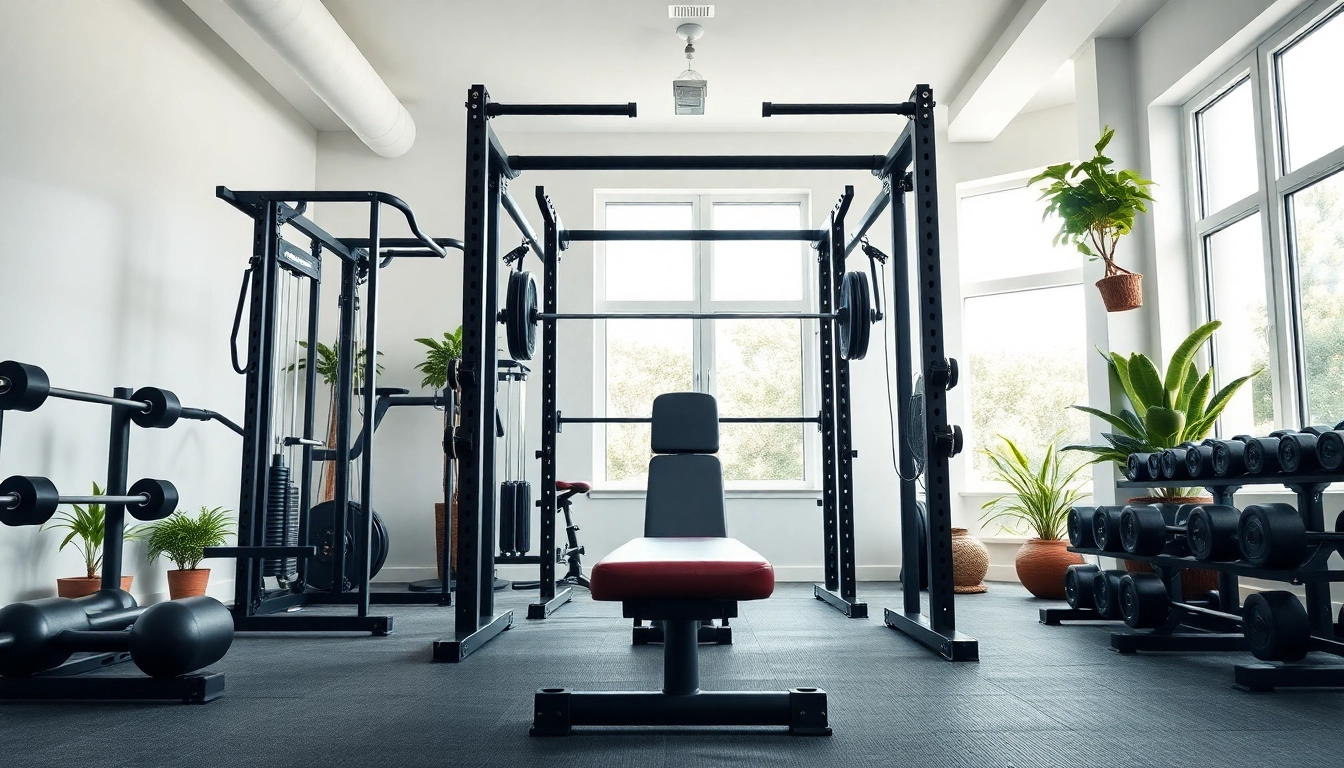


Leave a Reply